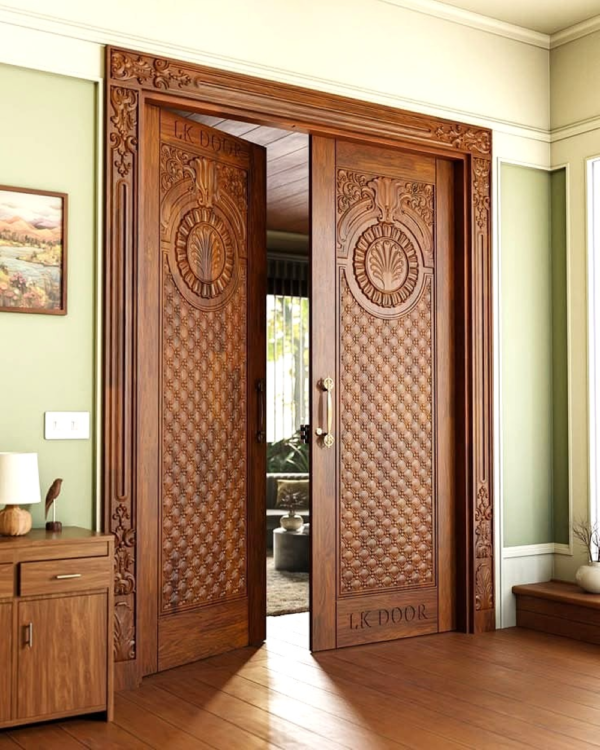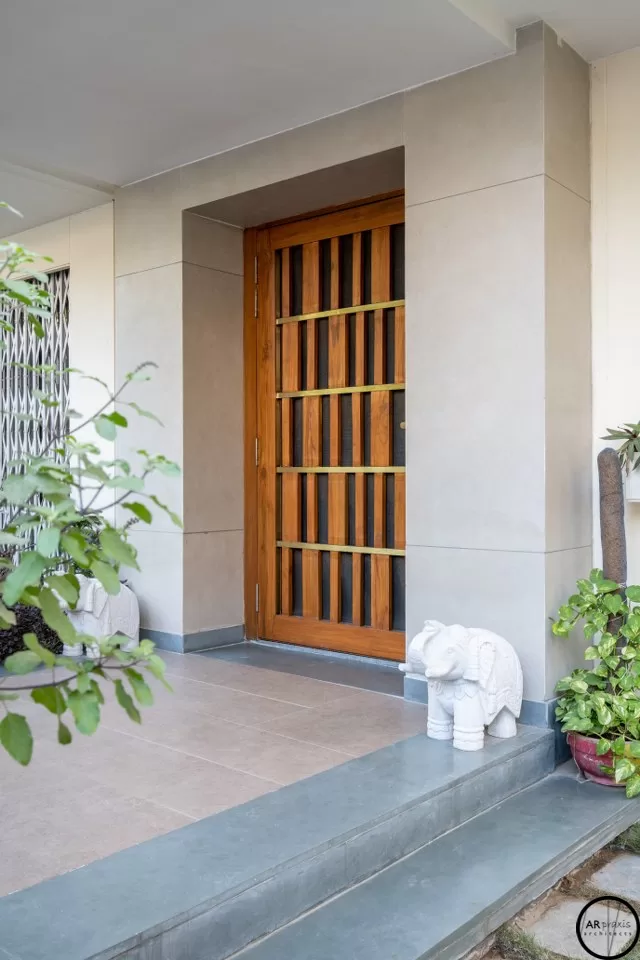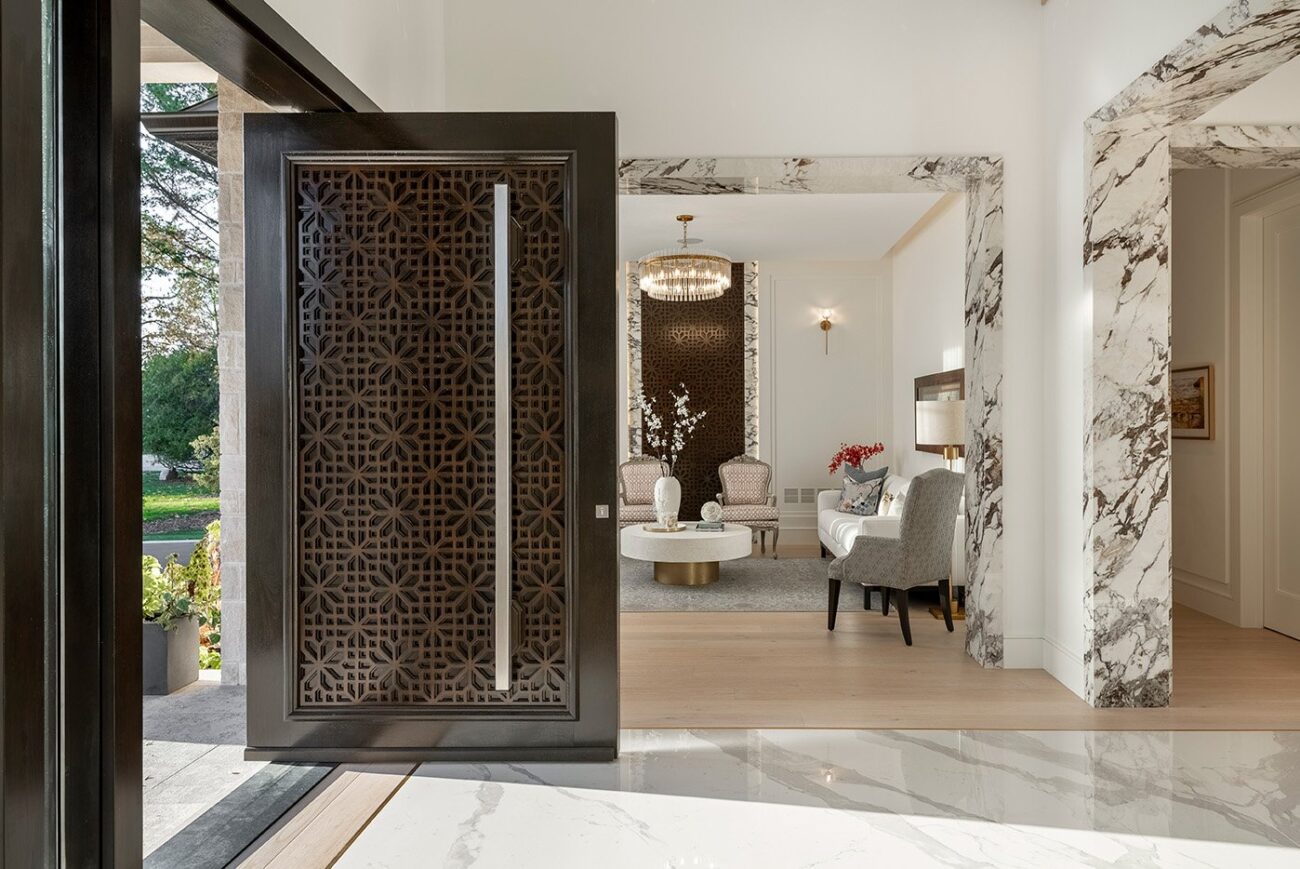Doors are more than just entry points to our homes or offices—they’re a statement of style, security, and structure. In recent years, the concept of “door designt” has evolved into a comprehensive blend of art, architecture, and utility. Whether for residential, commercial, or industrial use, door design now involves careful attention to material, color, texture, functionality, and aesthetics.
In this detailed article, we will explore over 1000 words on everything you need to know about door designt, including types, materials, trends, cultural influences, and how to choose the right door design for your space.
What is Door Designt?
Although the term “door designt” seems to be a stylized or typographical variant of “door design“, it reflects a growing trend where doors are being customized to reflect the identity of the space and its inhabitants. Door designt isn’t just about appearance—it integrates durability, smart technology, sustainability, and architectural harmony.
Importance of Door Design in Architecture
Door design plays a significant role in both exterior and interior aesthetics. A well-designed door can:
- Enhance curb appeal
- Reflect personal or brand identity
- Improve security
- Boost energy efficiency
- Create a seamless indoor-outdoor connection
In modern architecture, a door is not just a utility item—it’s a centerpiece that contributes to the overall visual narrative of a space.
Categories of Door Designt
1. Exterior Door Design
These are the first point of contact for guests and onlookers. Hence, they must be strong, weather-resistant, and aesthetically pleasing.

Popular exterior door styles include:
- Panel Doors: Classic rectangular panels, often made of wood or fiberglass.
- Flush Doors: Smooth surfaces with minimal design, common in modern homes.
- Glass-paneled Doors: Blend transparency with style; used for front doors with frosted or tempered glass.
- Dutch Doors: Split horizontally; ideal for farmhouse-style homes.
- Pivot Doors: Large, modern doors with off-center hinges.
2. Interior Door Design
Used for privacy and space management inside a building.
Common interior door styles:
- Sliding Doors: Great for closets or rooms with limited space.
- Pocket Doors: Slide into the wall cavity; ideal for minimalists.
- Barn Doors: Mounted on a track above the door; rustic and trendy.
- French Doors: Double doors with glass panes; bring in natural light.
Types of Materials in Door Designt
1. Wood
- Timeless and elegant
- Can be customized with carvings and stains
- Requires maintenance to avoid warping and pest damage
2. Glass
- Often used in combination with wood or aluminum
- Enhances natural light
- Needs to be tempered or frosted for security and privacy
3. Steel
- Strong and durable
- Common for security doors and industrial buildings
- Resistant to warping, cracking, and fire
4. Fiberglass
- Low maintenance
- Can mimic wood grain
- Energy-efficient and weather-resistant
5. Aluminum
- Lightweight and rust-proof
- Great for contemporary and commercial buildings
Modern Door Designt Trends
1. Smart Doors
- Equipped with keyless locks, biometric scanners, or Wi-Fi-enabled video systems
- Popular in smart homes and high-security areas
2. Sustainable Doors
- Made from recycled wood, bamboo, or reclaimed materials
- Eco-friendly paints and finishes
- Energy-efficient insulation
3. Bold Colors and Finishes
- Bright reds, navy blues, matte blacks, or pastel greens are increasingly replacing traditional browns and whites
- Custom handles, metallic accents, and stained glass add flair
4. Minimalist Designs
- Clean lines and smooth surfaces
- Often monochrome or natural finishes
- Focus on texture over ornamentation
5. Industrial Style Doors
- Feature raw finishes like iron, concrete, and exposed bolts
- Common in lofts and converted warehouses
Cultural Influence on Door Designt
Different cultures place symbolic meaning in door design. For instance:
- Indian Doors: Often adorned with carvings of deities or geometric patterns. Teak and rosewood are popular.
- Japanese Shoji Doors: Sliding doors made with translucent paper and wood, focusing on light and simplicity.
- Moroccan Doors: Vibrant colors, intricate carvings, and arched frames.
- European Styles: From Gothic arches to Baroque panels, doors in Europe often reflect historical architecture.
Customization in Door Designt
Customization is at the heart of modern door designt. You can tailor:

- Dimensions: Wider, taller, or double doors for dramatic entryways
- Finishes: Matte, gloss, natural wood, lacquered
- Hardware: Antique brass handles, digital locks, or designer knobs
- Glass Inserts: Stained, etched, frosted, or clear glass patterns
Choosing the Right Door Design for Your Space
Consider the following:
- Functionality: Is the door for privacy, aesthetics, or security?
- Material: Choose based on climate and usage (e.g., wood for warm, dry places; steel for security).
- Budget: Materials and customization can range from affordable to premium.
- Style of Home/Office: Match the door with the architectural style (e.g., rustic for cottages, minimal for modern homes).
- Maintenance: Wood requires upkeep, while fiberglass and metal are lower maintenance.
Maintenance Tips for Long-Lasting Doors
- Wooden Doors:
- Repaint or refinish every few years
- Use weather stripping to prevent swelling
- Metal Doors:
- Wipe regularly to prevent rust
- Apply rust-proof paint if needed
- Glass Doors:
- Clean with vinegar or mild detergent
- Check for cracks or chips regularly
- Smart Doors:
- Update software and change batteries
- Clean fingerprint scanners or keypads gently
Future of Door Designt
The future of door designt looks promising with innovations like:
- AI-integrated security
- Voice-controlled door mechanisms
- Augmented reality apps for choosing designs
- Environmentally responsible production
As homes become smarter and more personalized, doors too will reflect those changes—with options for real-time remote access, energy monitoring, and mood-based lighting integration.
Conclusion
Door designt is no longer a passive part of architecture—it’s an active contributor to design, energy efficiency, security, and personal expression. From traditional wooden doors to futuristic smart entries, your choice of door can significantly impact your living or working environment.
By understanding the various styles, materials, trends, and cultural influences, you can make informed decisions that elevate your space both aesthetically and functionally. Whether you’re renovating, building from scratch, or simply replacing an old door, let your door design speak volumes about your space and style.
FAQs About Door Designt
Q1: What is the most durable material for exterior doors?
A: Steel and fiberglass are among the most durable, offering great resistance to weather and security threats.
Q2: Can I customize a door for an unusual space or size?
A: Yes, many manufacturers offer custom-size doors or bespoke designs to fit unique architectural needs.
Q3: Are smart doors safe from hacking?
A: Most smart doors use encrypted technology, but it’s essential to choose reputable brands and keep firmware updated.
Q4: What is the most low-maintenance door material?
A: Fiberglass and aluminum require the least maintenance over time.
Q5: Which door design is best for small spaces?
A: Sliding or pocket doors are ideal for maximizing space in smaller areas.
